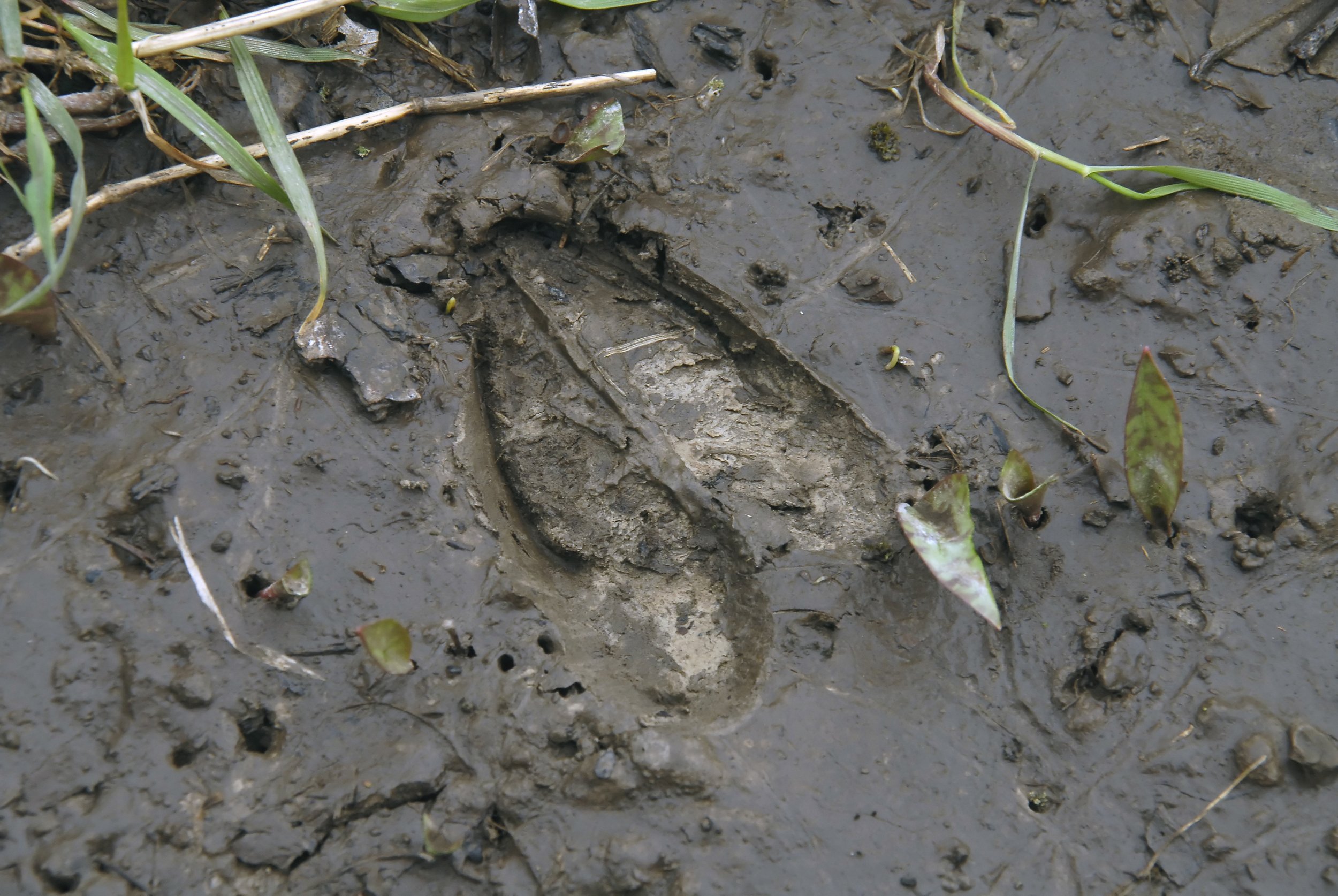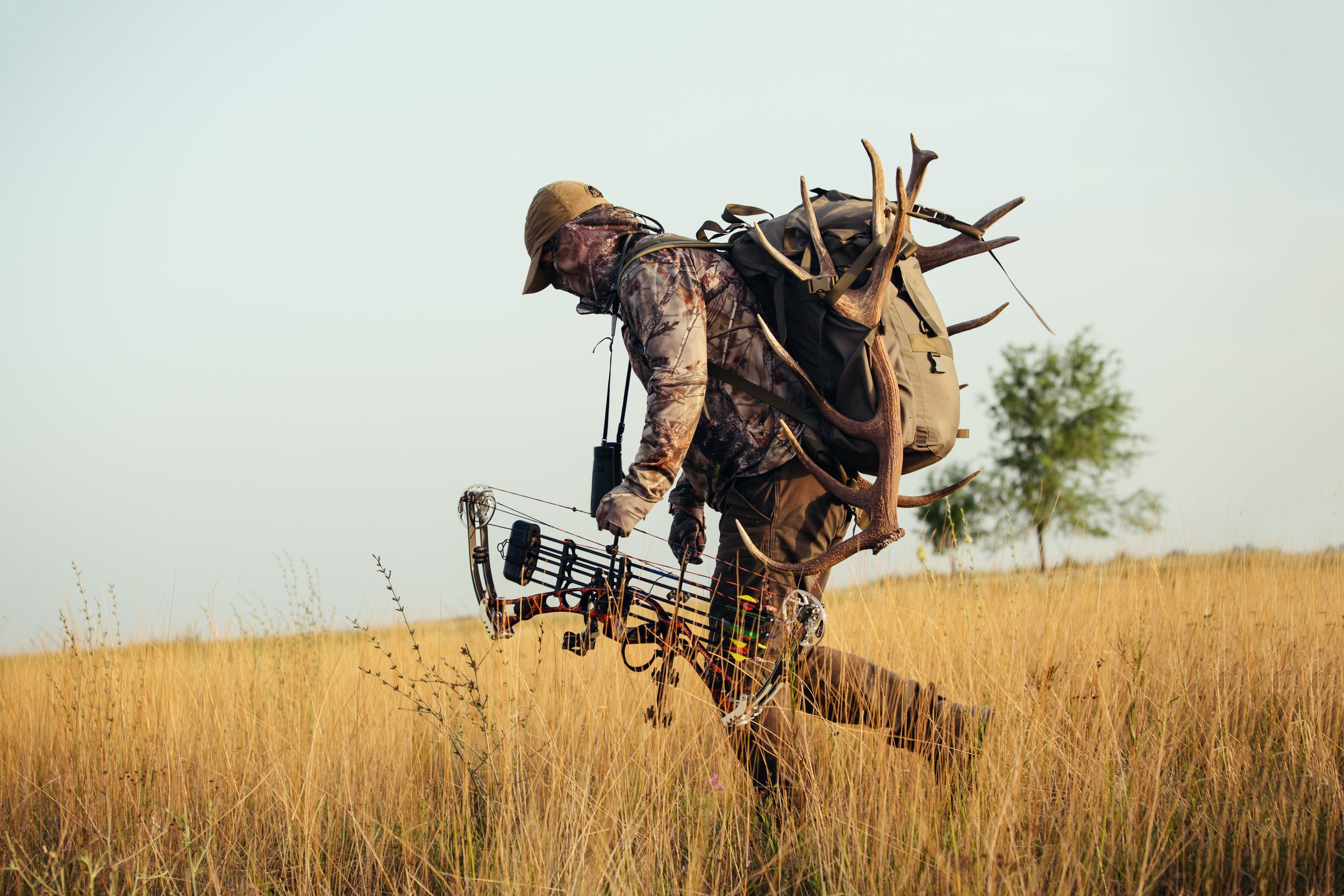The Importance of Wind in Hunting and Wildlife Watching
For hunters and wildlife watchers, nature offers subtle yet powerful allies—wind being one of the most critical. It can be an essential asset, but if not managed properly, it can quickly turn a promising outing into a missed opportunity. In this article, we’ll explore why wind is such a decisive factor in increasing your chances of success and how to use it wisely to optimize your approach and observations.
Why Is Wind So Crucial?
Wind carries scents, sounds, and movements. It's often the first way animals detect threats or nearby presence—long before they see or hear anything. That’s why understanding and using the wind properly is key to remaining undetected in the wild.
Scent Transmission
Large mammals like deer, elk, and bears heavily rely on their sense of smell to detect predators or intruders. When the wind blows toward them, it carries human scent across long distances, alerting them to danger. For hunters, a poor position relative to the wind can mean the sudden end of a hunting opportunity.
Influence on Sound
Wind also affects how sound travels. When blowing against a sound, it can muffle and reduce its range—helping a hunter get closer without being heard. But if the wind carries your sounds toward the animal, it can quickly raise their alarm and send them running.
Movement and Vegetation
Wind causes natural movement in trees and bushes, which can help conceal a hunter’s or observer’s motion. This is especially helpful in open areas, where even subtle movement can be enough to alert wildlife.
Using Wind to Approach Game
For hunters, wind management is a critical skill. Here are a few tips to use the wind to your advantage:
Check Wind Direction Before You Head Out
Always start by checking weather conditions. Knowing the wind forecast helps you build a game plan based on where you’ll be and how to approach different zones.
Stay Upwind of Your Target
Always approach your hunting zone with the wind in your face, so your scent is carried away from where you’re going.
Use Wind Indicators
Special powders or lightweight feathers can help you test wind direction on-site. These tools are great for adjusting your position when the wind shifts unexpectedly.
Discreet Wildlife Watching with the Help of Wind
For photographers and wildlife watchers, wind can also be a valuable ally. Animals are easily disturbed by unfamiliar scents or noises, and the wind can reduce this disturbance.
Observe Without Being Detected
Facing into the wind minimizes the human scent carried toward animals, allowing for more natural, undisturbed observation.
Muffle Equipment Noise
Wind can help mask the subtle sounds of camera gear or recording devices, allowing for more spontaneous and authentic captures without spooking animals.
Use Moving Vegetation as Cover
The movement of wind-blown vegetation helps blend your own motion into the environment. Choosing naturally covered areas makes it easier to stay visually hidden.
Adapting to Wind Changes in the Field
Wind can shift suddenly, especially in mountainous or wooded terrain. It’s important to adapt on the fly.
Avoid Ridges and Open Areas
Elevated or exposed spots are where wind changes most unpredictably and can give away your position.
Move Slowly and Deliberately
Slow, controlled movement allows you to adjust to shifting wind without making noise or disturbing the environment.
Tools to Help You Read the Wind
Modern hunters and observers often use tech to better understand and anticipate wind. Advanced weather apps offer wind direction and speed forecasts for specific locations. Portable wind detectors can also provide real-time updates in the field, allowing you to adjust your strategy on the spot.
Wind is a powerful force in nature—but when understood and properly harnessed, it becomes a trusted ally for both hunters and wildlife observers. By learning how to use it to hide your scent, reduce your noise, and mask your movements, you not only improve your chances of success but also show deeper respect for the natural habitats of the animals you’re pursuing or admiring.





